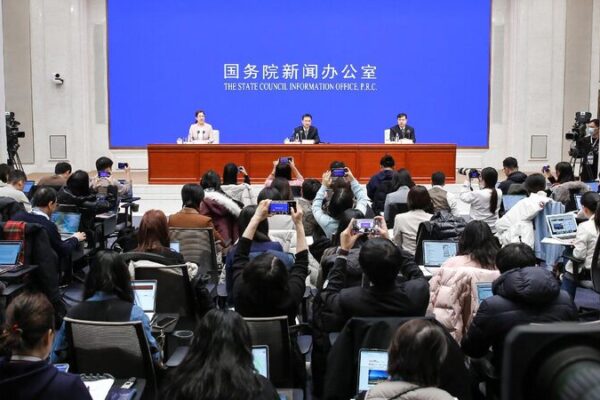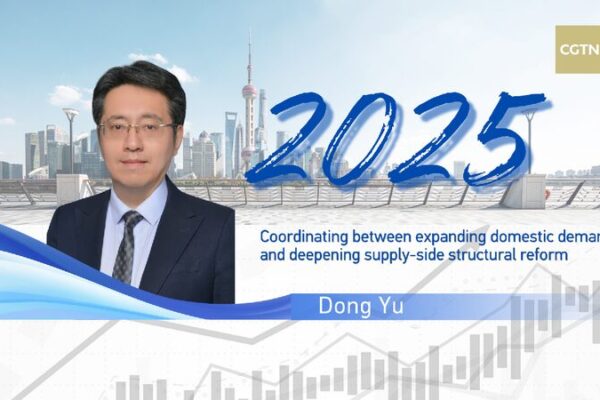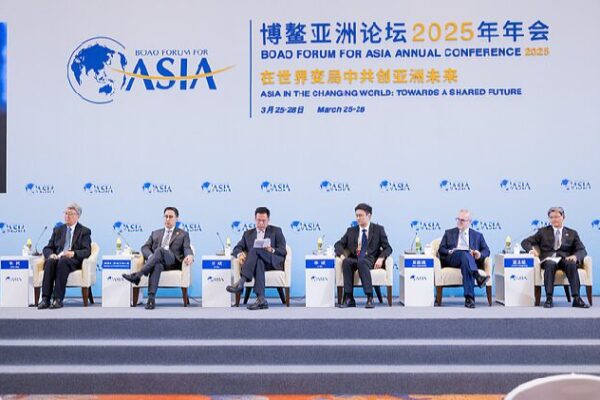In a rapidly changing global landscape, China is charting a new course with its “new development pattern”—a strategy that could offer valuable insights for emerging economies. Introduced by Chinese President Xi Jinping five years ago, this approach emphasizes strengthening China’s domestic market while maintaining active engagement with international markets.
As the world faces unprecedented shifts, including geopolitical tensions, protectionism, and evolving supply chains, China’s dual focus on internal and external circulation aims to provide stability and promote global economic confidence. By tapping into its vast domestic market of 1.4 billion people, China is boosting sectors like new energy vehicles and cultural tourism, stimulating economic growth from within.
China’s efforts to enhance its industrial and supply chain resilience are also noteworthy. Investments in new infrastructure and technology, such as artificial intelligence and quantum computing, are fostering innovation and reducing vulnerability to external disruptions. Projects like the “east data, west computing” initiative are optimizing digital infrastructure across the country.
Despite global shifts away from traditional globalization, China remains committed to opening up and aligning with international standards. Initiatives like the Hainan Free Trade Port’s “zero tariff” policies and the Shanghai Pilot Free Trade Zone’s digital trade advancements signal China’s engagement in shaping global regulations. Trade with Belt and Road Initiative partner countries now constitutes more than half of China’s total foreign trade, highlighting its role in promoting South-South cooperation.
For emerging economies, China’s strategy underscores the importance of strong state capacity and targeted industrial policies. By focusing resources on overcoming technological challenges and fostering cooperation, countries can pursue rapid development. The success of projects like Indonesia’s Jakarta-Bandung High-Speed Railway and Egypt’s new administrative capital exemplify this model.
As the Global South becomes a more active force in shaping global norms, strategic autonomy gains significance. China’s dual circulation strategy offers alternative pathways for economic development, providing valuable lessons for other nations seeking to navigate the complexities of a multipolar world.
Reference(s):
Navigating global shifts and forging a path for emerging economies
cgtn.com








